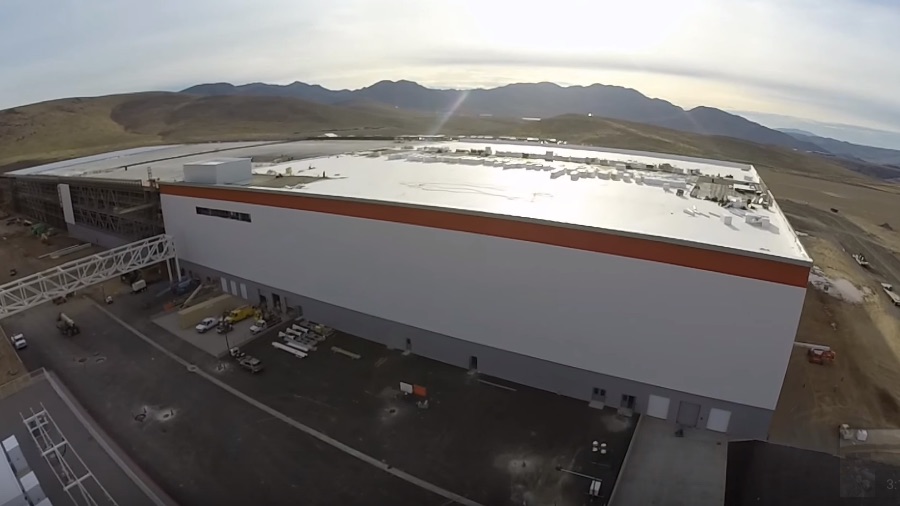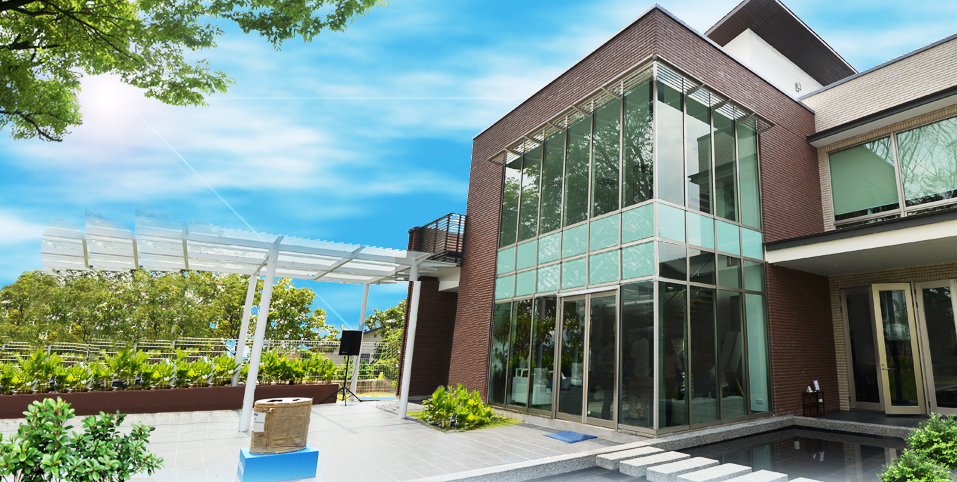Investor's Corner
Deeper Tesla, Panasonic ties could lead to a Smart Home future
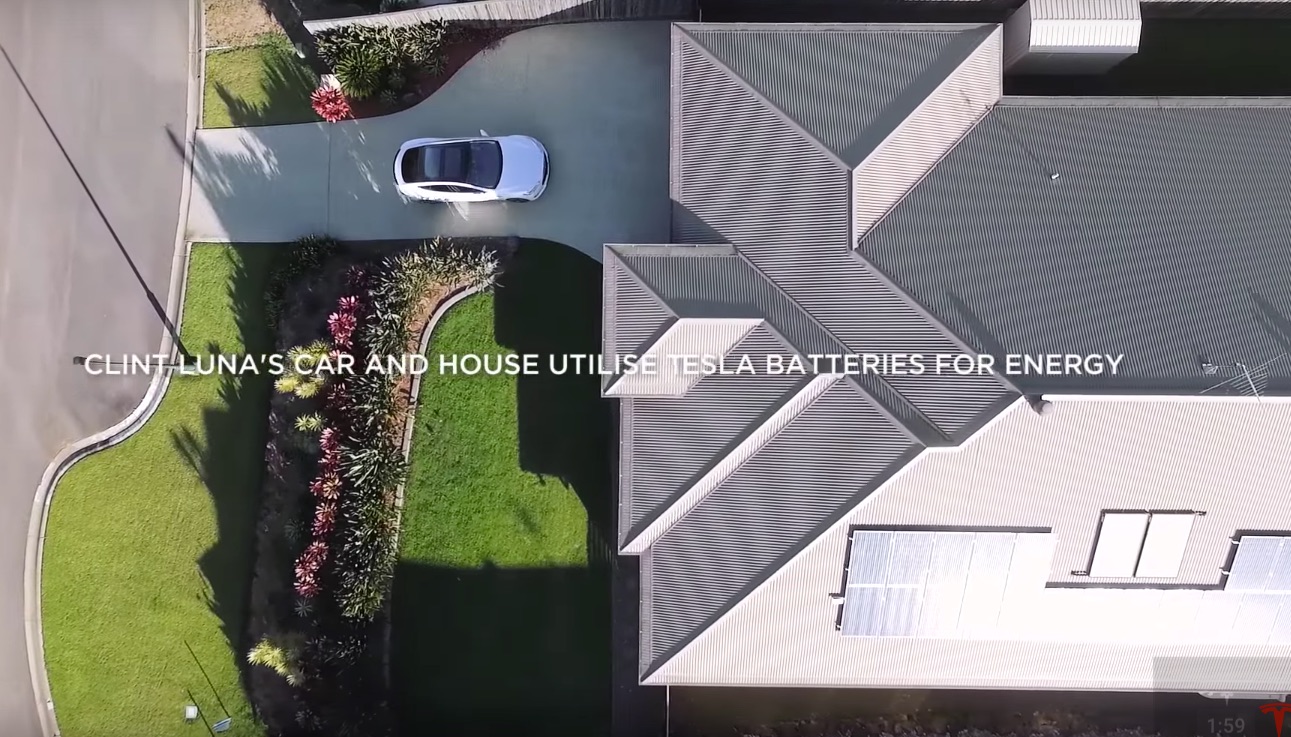
A growing partnership between Tesla and Panasonic on solar cell production and storage batteries may one day eliminate residential reliance on the power grid and provide the capacity to recharge electric cars each night. However, to secure this collaboration on solar cell and module production, Tesla’s proposed SolarCity acquisition must first be approved by shareholders on November 17, 2016.
In the meantime, Tesla and Panasonic have entered into a non-binding letter of intent under which they will begin collaborating on the manufacturing and production of photovoltaic (PV) cells and modules in Buffalo, New York. The Buffalo facility will become the largest solar panel factory in North America, with expectations to employ 1,460 workers and produce up to 10,000 panels per day.
A blog post on Tesla’s website acknowledged that the continued partnership with Panasonic is an important step in creating fully-integrated energy products for businesses, homeowners, and utilities and furthers Tesla’s mission toward a sustainable energy future.
The Relationship between Tesla and Panasonic
The October 16, 2016 announcement confirmed that this newest collaboration extends the established relationship between Tesla and Panasonic, which includes the production of electric vehicle and grid storage battery cells at Tesla’s Gigafactory outside Sparks, Nevada. The $5 billion Gigafactory will produce batteries for the Model 3 electric car and energy storage products for home and utilities.
“We expect that the collaboration talks will lead to growth of the Tesla and Panasonic relationship,” said Shuuji Okayama, vice president of Panasonic’s Eco Solutions unit.
Battery cell production will begin by late 2016 and is expected to reach full capacity by 2018, producing more lithium ion batteries annually than were produced worldwide in 2013. In cooperation with Panasonic and other strategic partners, the Gigafactory will produce batteries that have the capacity to drive down the per kilowatt hour (kWh) cost of a battery pack by more than 30 percent. That anticipated cost drop is crucial, as current battery costs are untenable.
Panasonic plans to begin PV cell and module production at the Buffalo facility in 2017, and Tesla intends to provide a long-term purchase commitment for those cells from Panasonic. The Tesla/ Panasonic collaboration could mean that energy from solar panels will be pumped into home storage batteries. No longer would residential home solar systems follow the traditional model of selling back to utilities.
Panasonic’s Future Home
The proposed Tesla/ Panasonic collaboration would shift Panasonic’s historic focus from consumer electronics products and onto housing, automotive information systems, and vehicle batteries, which “would be a win” for Panasonic, according to Bloomberg. Panasonic’s transition to the home electric market began in 2009 with its Tokyo Future Home, which features the latest environmental technologies and a few prototypes. The house is designed to aid natural ventilation and cut down on air conditioning. The walls of the house are lined with a thin and efficient insulator that cuts down on heating and cooling costs. LED lights, which use much less power than incandescent bulbs and last longer than current fluorescent models, are sensor-controlled. Extra generated electricity is stored in a prototype accumulator battery of lithium ion cells for later use. The lights, power, heating, and other apps are controlled in a high-tech in-house network with living room TV at the center.
The aim of Panasonic’s energy-saving house is to be carbon neutral in energy usage.
Tesla’s Smart House Could Utilize Panasonic’s Technology
Tesla is currently developing advanced systems that adapt to the needs of the environment with the goal is to bring top quality affordable systems that provide energy efficiency, quality of life, and home security.
Already, smart home system are able to cut electric energy spending by 50%, or in some cases go off-grid using Tesla batteries combined with solar. Lights, air conditioning, and all other appliances are automatically managed, turning on and off, depending on the time of day, temperature, motion sensors, door and window detectors, and electricity rates. Fingerprint scanner and pin lock, video surveillance, night vision camera, motion sensors, SMS alarms, fire and flood sensors are accessed through a phone.
In 2014, Panasonic opened a smart city near Tokyo that is designed to drastically cut CO2 emissions by 70%, reaching to 1990 levels. It will attempt to reduce water usage by 30 percent and achieve 30 percent renewable energy usage. Called the Fujisawa Sustainable Smart Town (SST), the subdivision southwest of Tokyo focuses on solar power and other environmentally friendly technologies.
Together, Tesla and Panasonic may be able to ground ambitious plans for solar-powered systems that charge smart homes and electric cars and make decentralized renewable energy systems that power homes and car a practical reality. “We are excited to expand our partnership with Panasonic as we move towards a combined Tesla and SolarCity,” JB Straubel, Tesla’s chief technical officer and co-founder, said in a statement. “By working together on solar, we will be able to accelerate production of high-efficiency, extremely reliable solar cells and modules at the best cost.”
The Role of the Projected SolarCity Acquisition
The Tesla/ Panasonic collaboration moving forward is contingent on Tesla’s acquisition of SolarCity, but shareholders must approve the move. Tesla’s bid to acquire SolarCity has been fraught with corporate governance issues because the boards of both companies are deeply intertwined.
Tesla co-founder Elon Musk’s effort to unite Tesla and SolarCity has been under close scrutiny, given six of the seven directors on Tesla’s board have SolarCity ties and SolarCity’s CEO, Lyndon Rive, is Musk’s first cousin.
SolarCity, among the top installers of residential rooftop solar panels in the U.S., acquired solar manufacturer Silevo in 2014. The transaction gave SolarCity the factory in Buffalo where Panasonic will begin photovoltaic cell and module production. If the SolarCity acquisition is successful, Tesla will use the cells and modules in a solar energy system that will work seamlessly with Powerwall and Powerpack, Tesla’s energy storage products. With the aid of installation, sales, and financing capabilities from SolarCity, Tesla will bring an integrated sustainable energy solution to residential, commercial, and grid-scale customers.

Investor's Corner
Elon Musk praises Ray Dalio’s Bridgewater for accumulating TSLA stock
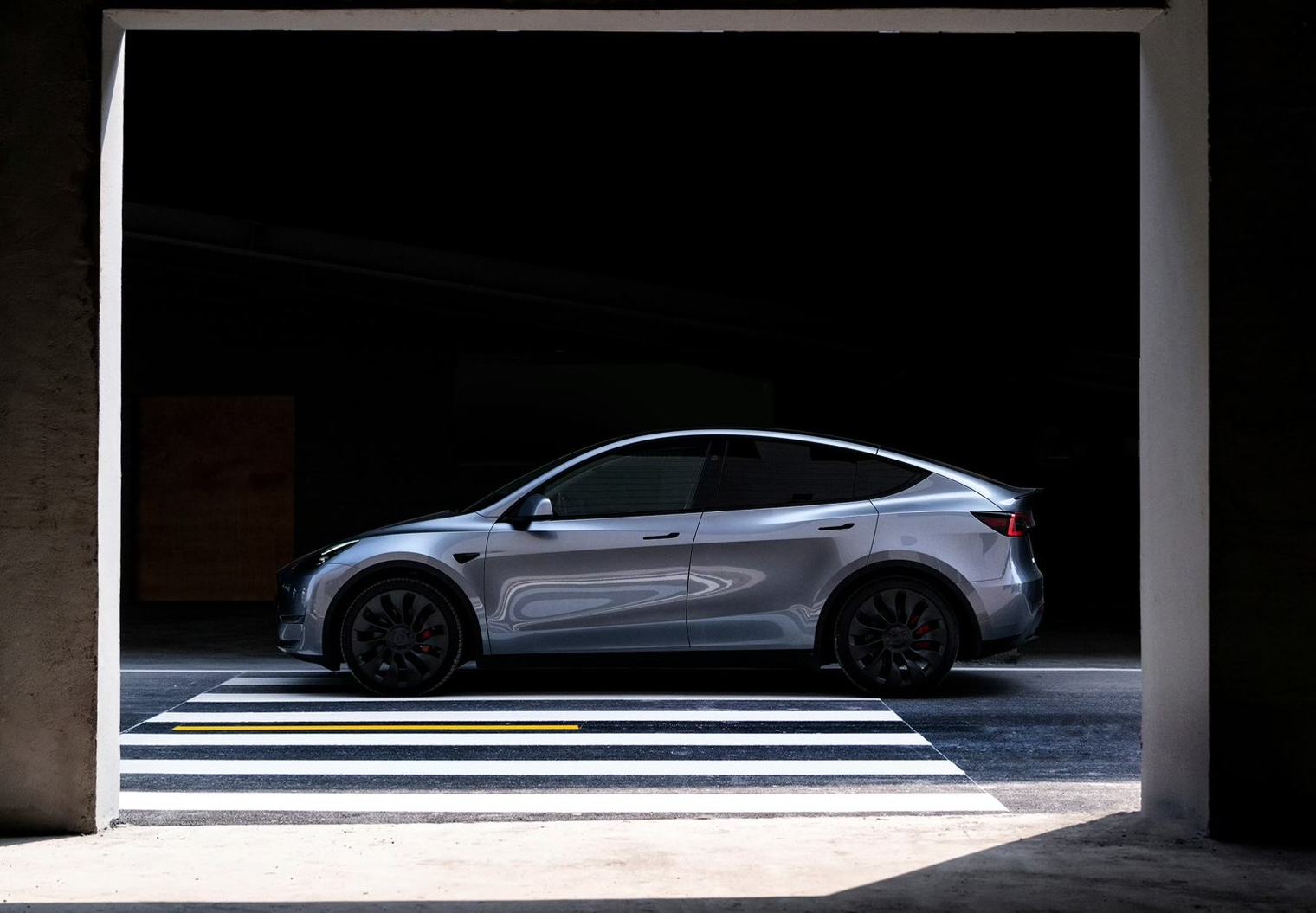
A recent 13-F filing from legendary investor and billionaire Ray Dalio’s Bridgewater Associates has revealed that the hedge fund has added over $62 million worth of Tesla stock (NASDAQ:TSLA) to its portfolio.
Elon Musk has praised the billionaire’s investment in a post on X.
Bridgewater’s TSLA stake:
- As per Bridgewater’s 13-F filing, it currently holds 153,589 shares of TSLA, which costs $62,025,382.
- The firm added the TSLA shares in the fourth quarter.
- Tesla shares gained momentum after its Q3 2024 earnings call, and it only gained more strength after the election of U.S. President Donald Trump.
- At the end of 2024, Tesla shares were up 62%, as noted in a MarketWatch report.
- Tesla stock is still up 88% over 12 months despite a steep drop over the past month.
Smart move
— Elon Musk (@elonmusk) February 14, 2025
A vote of confidence:
- Bridgewater Associates is one of the largest hedge funds in the world, so the firm’s stake in TSLA could be interpreted as a vote of confidence in the electric vehicle maker.
- Elon Musk has praised the firm’s investment. In a post on X, Musk noted that Bridgewater’s investment was a “smart move.”
- Elon Musk has been quite consistent on his idea that Tesla could eventually become the world’s most valuable company. He emphasized this point during the Q4 2024 earnings call.
- “I see a path. I’m not saying it’s an easy path but I see a path of Tesla being the most valuable company in the world by far. Not even close. There is a path where Tesla is worth more than the next top five companies combined,” Musk said.
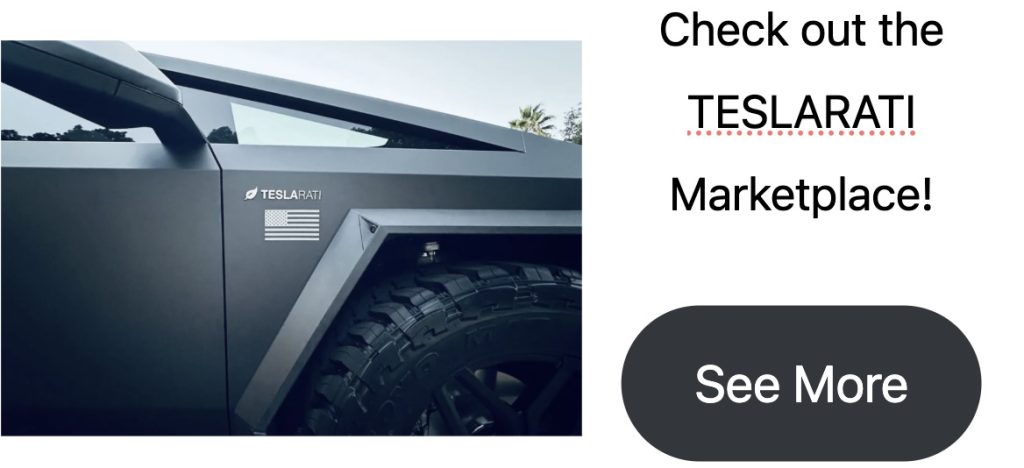

Don’t hesitate to contact us with news tips. Just send a message to simon@teslarati.com to give us a heads up.
Investor's Corner
Tesla (TSLA) gets $475 price target and “Buy” rating from Benchmark
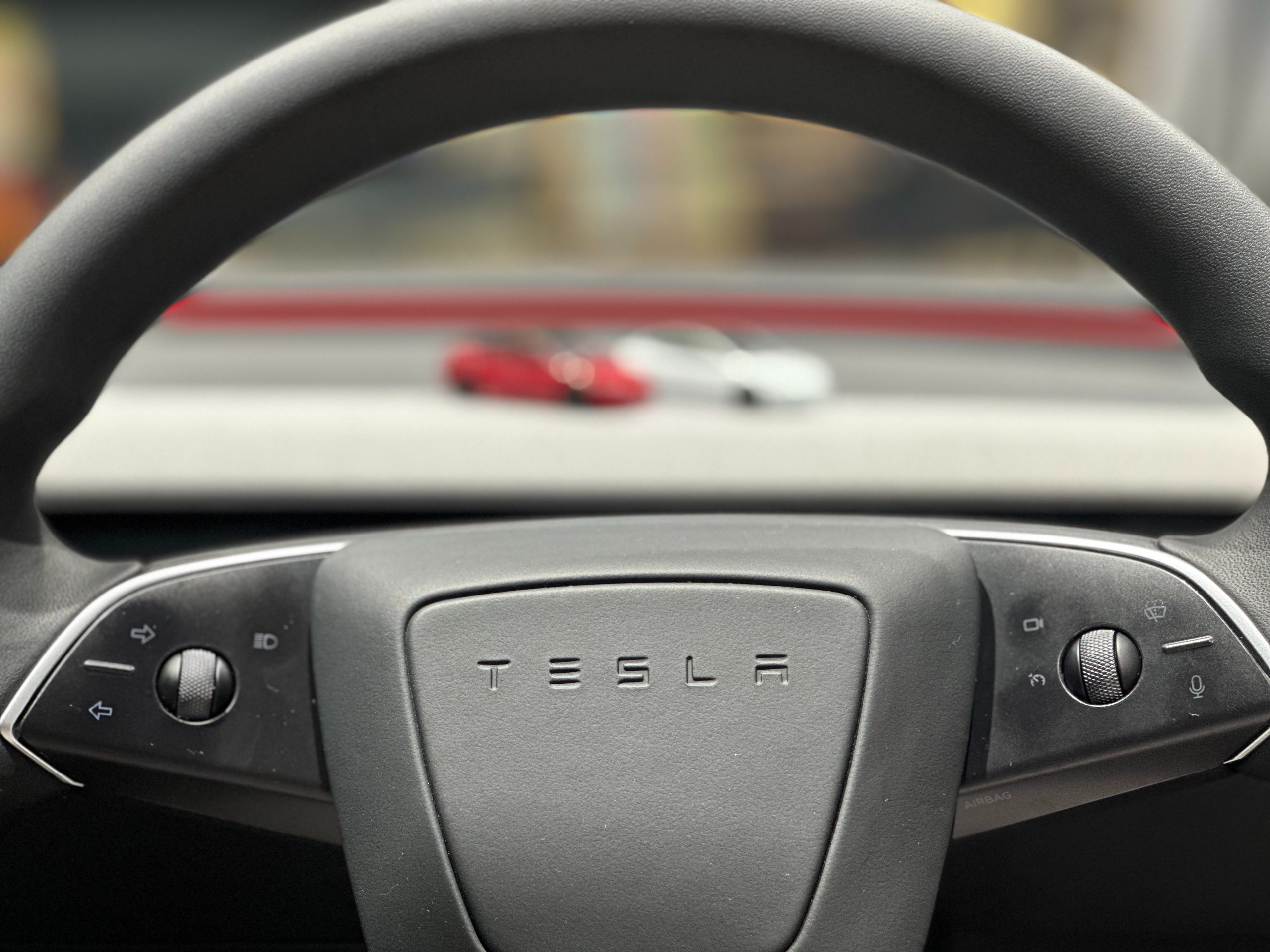
Tesla shares (NASDAQ:TSLA) have received a “Buy” rating and a $475 per share price target from Benchmark.
Benchmark’s price target is based on 68.2 times its 2028 earnings before interest, taxes, depreciation, and amortization (EBITDA), as noted in a Morningstar report.
Tesla rating:
- In a note to clients, Benchmark analyst Mickey Legg noted that Tesla has outlined a path towards more growth through several of its initiatives.
- These include Tesla’s work in autonomous driving systems, robotics, and energy generation.
- The company could also make more headway into the electric vehicle segment.
- “The company has outlined a path for growth with a more affordable vehicle scheduled for 1H25, unsupervised full self-driving as a paid service this June in Austin, TX, and Optimus robot production ramp through 2026 and beyond,” the analyst stated.
$TSLA +1.8% pre-mkt as Benchmark initiates TSLA with a Buy rating and $475 price target. pic.twitter.com/KT6BTTW5kJ
— Gary Black (@garyblack00) February 12, 2025
More potential:
- While he sees potential in Tesla, the Benchmark analyst noted that his current model only incorporates vehicle growth.
- Thus, there could be “significant potential upside” if the company’s autonomous vehicle program and Optimus are scaled.
- “Tesla’s market leadership, near-term catalysts, strong management, and diversified business justify the stock’s market premium,” Legg noted.


Don’t hesitate to contact us with news tips. Just send a message to simon@teslarati.com to give us a heads up.
Investor's Corner
Tesla is ‘better-positioned’ as a company and as a stock as tariff situation escalates
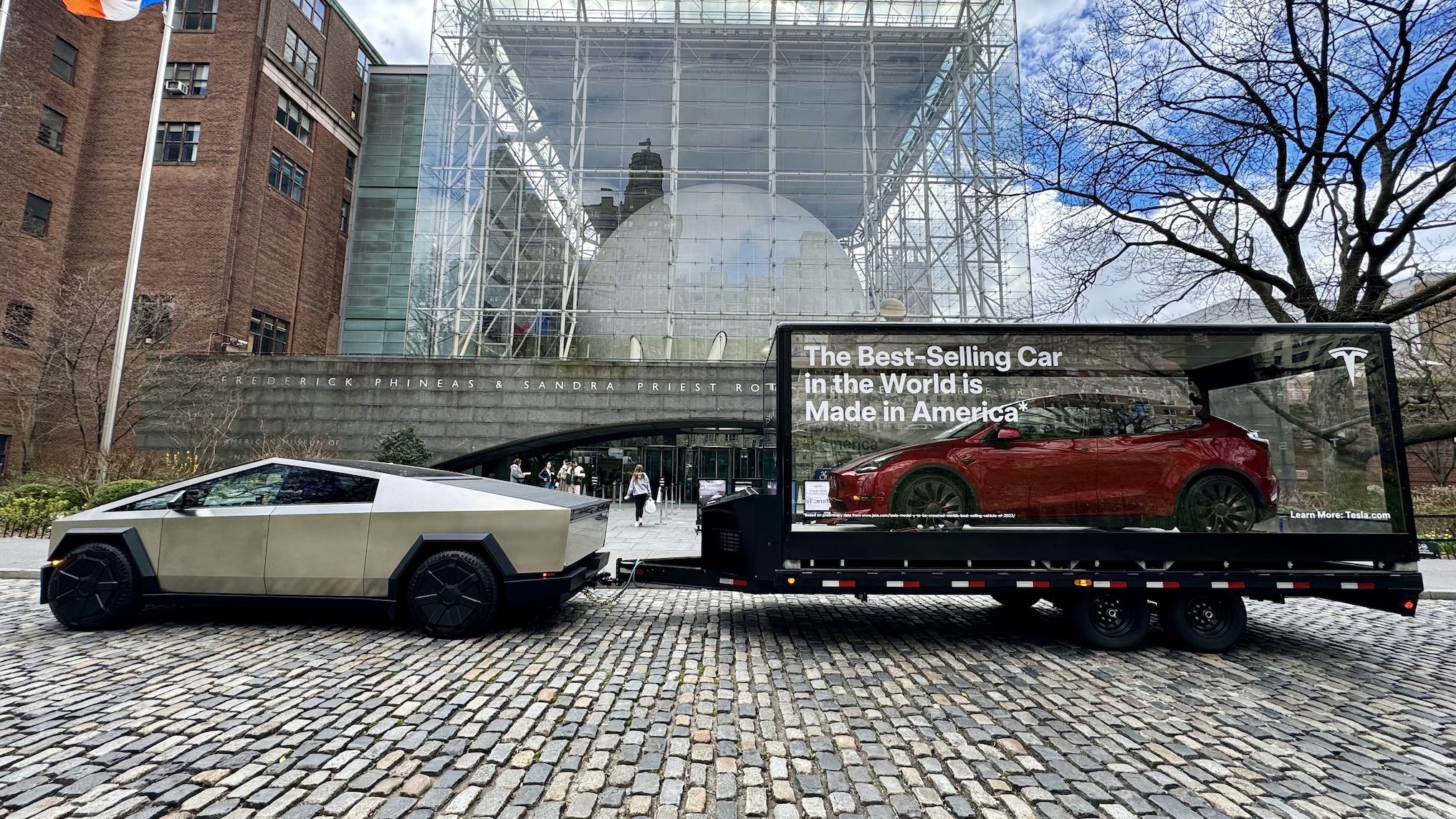
Tesla is “better-positioned” as a company and as a stock as the tariff situation between the United States, Mexico, and Canada continues to escalate as President Donald Trump announced sanctions against those countries.
Analysts at Piper Sandler are unconcerned regarding Tesla’s position as a high-level stock holding as the tariff drama continues to unfold. This is mostly due to its reputation as a vehicle manufacturer in the domestic market, especially as it holds a distinct advantage of having some of the most American-made vehicles in the country.
Analysts at the firm, led by Alexander Potter, said Tesla is “one of the most defensive stocks” in the automotive sector as the tariff situation continues.
The defensive play comes from the nature of the stock, which should not be too impacted from a U.S. standpoint because of its focus on building vehicles and sourcing parts from manufacturers and companies based in the United States. Tesla has held the distinct title of having several of the most American-made cars, based on annual studies from Cars.com.
Its most recent study, released in June 2024, showed that the Model Y, Model S, and Model X are three of the top ten vehicles with the most U.S.-based manufacturing.
Tesla captures three spots in Cars.com’s American-Made Index, only U.S. manufacturer in list
The year prior, Tesla swept the top four spots of the study.
Piper Sandler analysts highlighted this point in a new note on Monday morning amidst increasing tension between the U.S. and Canada, as Mexico has already started to work with the Trump Administration on a solution:
“Tesla assembles five vehicles in the U.S., and all five rank among the most American-made cars.”
However, with that being said, there is certainly the potential for things to get tougher. The analysts believe that Tesla, while potentially impacted, will be in a better position than most companies because of their domestic position:
“If nothing changes in the next few days, tariffs will almost certainly deal a crippling blow to automotive supply chains in North America. [There is a possibility that] Trump capitulates in some way (perhaps he’ll delay implementation, in an effort to save face).”
There is no evidence that Tesla will be completely bulletproof when it comes to these potential impacts. However, it is definitely better insulated than other companies.
Need accessories for your Tesla? Check out the Teslarati Marketplace:
- https://shop.teslarati.com/collections/tesla-cybertruck-accessories
- https://shop.teslarati.com/collections/tesla-model-y-accessories
- https://shop.teslarati.com/collections/tesla-model-3-accessories
Please email me with questions and comments at joey@teslarati.com. I’d love to chat! You can also reach me on Twitter @KlenderJoey, or if you have news tips, you can email us at tips@teslarati.com.
-
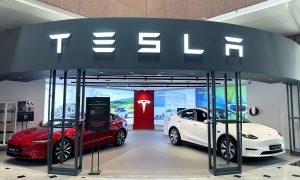
 News3 days ago
News3 days agoTesla at risk of 95% crash, claims billionaire hedge fund manager
-
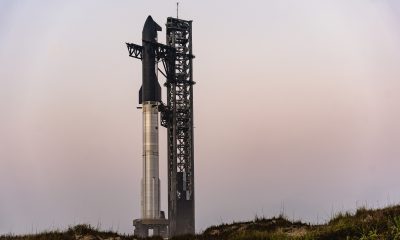
 News5 days ago
News5 days agoSpaceX announces Starship Flight 8’s new target date
-
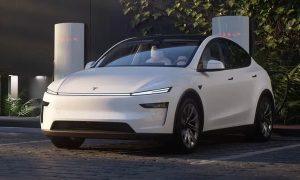
 News3 days ago
News3 days agoTesla contract with Baltimore paused after city ‘decided to go in a different direction’
-

 News6 days ago
News6 days agoTesla launches fresh U.S. promotions for the Model 3
-
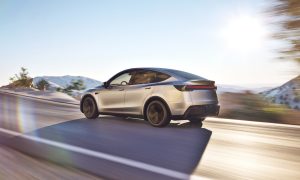
 Elon Musk7 days ago
Elon Musk7 days agoTesla mulls adding a new feature to fight off vandals as anti-Musk protests increase
-
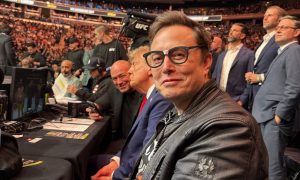
 Elon Musk4 days ago
Elon Musk4 days agoTesla UK sales up over 20% despite Elon Musk backlash
-
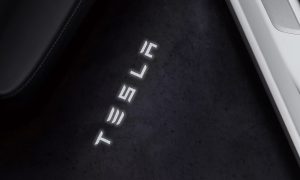
 News5 days ago
News5 days agoOne dozen Teslas burn in arson attack in France, investigation underway
-
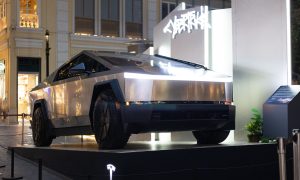
 Lifestyle4 days ago
Lifestyle4 days agoElon Musk seemingly confirms Cybertruck gift to 13-year-old cancer fighter
